Home>Garden Essentials>How Long For Lobelia To Germinate
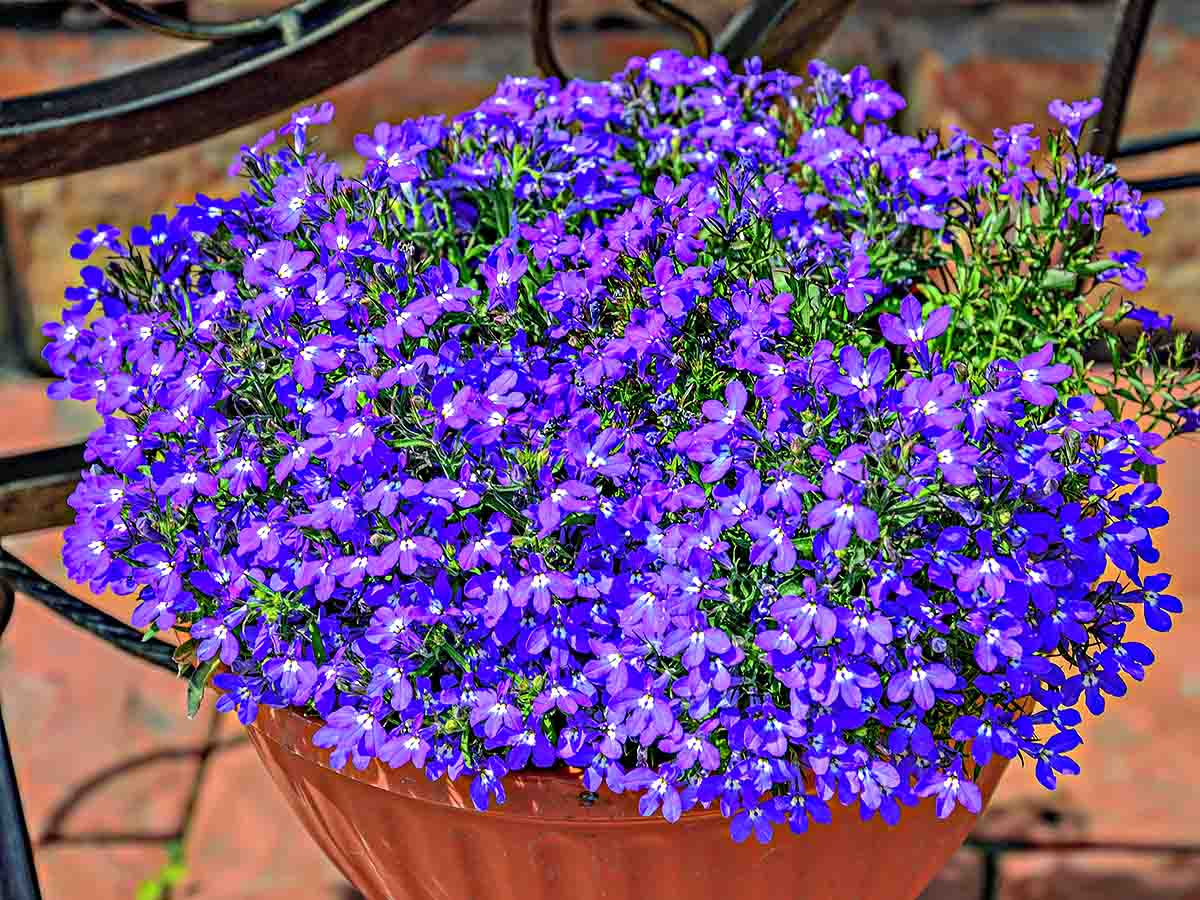

Garden Essentials
How Long For Lobelia To Germinate
Modified: March 16, 2024
Learn how long it takes for lobelia seeds to germinate in your garden and discover tips for successful growth.
(Many of the links in this article redirect to a specific reviewed product. Your purchase of these products through affiliate links helps to generate commission for Storables.com, at no extra cost. Learn more)
Introduction
Welcome to the world of gardening, where seeds hold the promise of beauty and vibrancy. If you’re a gardening enthusiast, you may be familiar with the excitement that comes with watching your plants grow from tiny seeds. One such plant that brings joy and color to any garden is the stunning lobelia. Known for its delicate flowers and lush foliage, lobelia is a popular choice for adding a splash of vibrant colors to borders, containers, and hanging baskets.
As with any plant, understanding the germination process is crucial for successfully growing lobelia from seeds. Germination is the process by which a seed develops into a new plant. It involves the absorption of water, activation of enzymes, and the initiation of cell division. The germination period can vary depending on several factors, including the species of lobelia, seed quality, and the conditions provided for germination.
In this article, we will explore the factors that affect lobelia germination, the recommended conditions for optimal germination, the estimated timeframe for lobelia seed germination, tips to enhance germination success, and common mistakes to avoid. So, let’s dive in and uncover the secrets of growing lobelia from seeds!
Key Takeaways:
- Lobelia seeds need warmth, darkness, and consistent moisture to sprout. Patience is key, as they can take 10-20 days to germinate. Avoid overwatering and use high-quality seeds for best results.
- Enhance germination by pre-soaking or scarifying the seeds, and providing warmth and humidity. Avoid common mistakes like overwatering and using poor seed quality. With care and patience, you’ll enjoy beautiful lobelia plants in your garden.
Read more: How Long To Germinate Passiflora
Factors Affecting Lobelia Germination
Several factors play a crucial role in the germination of lobelia seeds. Understanding these factors will help you create the ideal conditions for successful germination and ensure healthy seedlings. Here are the key factors to consider:
- Temperature: Lobelia seeds require specific temperature ranges for optimal germination. Most lobelia species prefer temperatures between 60°F to 70°F (15°C to 21°C). Higher temperatures can inhibit germination, while lower temperatures can delay or prevent it altogether. It’s important to provide a warm and consistent temperature for the seeds to germinate.
- Light: Light plays a minimal role in lobelia seed germination. Unlike some seeds that require light for germination, lobelia seeds prefer darkness. Therefore, it’s best to cover the seeds lightly with a thin layer of soil or vermiculite to ensure they remain in the dark during the germination period.
- Moisture: Adequate moisture is essential for lobelia seed germination. However, it’s important to strike a balance and avoid excessive water, as it can lead to rot and fungal diseases. Keep the soil evenly moist during germination, and avoid letting it dry out. Using a misting spray or a bottom-watering method can help provide the right amount of moisture.
- Seed Depth: The depth at which lobelia seeds are sown can affect their germination. As a general guideline, the ideal seed depth is two to three times the diameter of the seed. Sowing the seeds too deep can hinder their ability to emerge, while sowing them too shallow may expose them to drying out.
- Seed Quality: The quality of the lobelia seeds plays a crucial role in their germination success. It’s important to obtain fresh and viable seeds from a reputable source. Look for seeds that are plump, firm, and have no signs of damage or decay. High-quality seeds have a higher chance of germinating successfully.
By taking these factors into consideration and creating the optimal conditions, you can greatly enhance the chances of successful lobelia seed germination. Now that we understand the factors influencing lobelia germination, let’s move on to the recommended conditions for optimal germination.
Recommended Conditions for Lobelia Germination
Creating the right conditions for lobelia seed germination is essential for achieving successful results. By providing the following optimal conditions, you can increase the chances of robust seed germination:
- Planting Medium: Start by using a well-draining planting medium that is rich in organic matter. A mixture of peat moss, perlite, and vermiculite provides an excellent base for lobelia seeds to germinate. This medium allows for proper aeration and moisture retention, promoting healthy root development.
- Sowing Technique: When sowing lobelia seeds, it’s important to scatter them evenly over the planting medium. As the seeds are small, gently press them into the surface of the soil without burying them too deep. Maintaining a slight covering of soil or a fine layer of vermiculite helps to retain moisture while still allowing light to reach the seeds.
- Moisture Level: Lobelia seeds require consistent and moderate moisture levels for germination. It’s crucial to avoid overwatering, as excessive moisture can lead to seed rot. Water the seeds gently from below or use a misting spray to keep the surface moist, taking care not to saturate the soil. Regularly check the moisture levels and adjust accordingly to keep the soil evenly moist.
- Temperature: Maintaining an optimal temperature range is vital for lobelia seed germination. Aim for a temperature of around 60°F to 70°F (15°C to 21°C) to provide ideal conditions. Using a seedling heat mat or placing the containers in a warm location can help maintain a consistent temperature throughout the germination period.
- Light: While lobelia seeds prefer darkness during germination, they do require light for successful seedling growth after germination. Once the seeds have sprouted and developed into seedlings, provide them with bright, indirect light for at least 12 to 16 hours a day. Placing the seedlings near a south-facing window or using grow lights can ensure they receive adequate light for healthy growth.
By carefully considering these recommended conditions, you can create an optimal environment that promotes successful germination of lobelia seeds. However, it’s essential to understand the timeframe for lobelia seed germination, as it can vary depending on various factors.
Germination Timeframe of Lobelia Seeds
The germination timeframe of lobelia seeds can vary depending on several factors, including species, seed quality, and environmental conditions. On average, lobelia seeds typically germinate within 10 to 20 days. However, it’s important to note that some varieties may take longer to germinate, while others may sprout more quickly.
Factors that can influence the germination timeframe of lobelia seeds include temperature, moisture levels, and seed viability. Providing the optimal conditions, such as the recommended temperature range of 60°F to 70°F (15°C to 21°C) and consistent moisture, can help expedite the germination process.
It’s essential to be patient during the germination period, as some lobelia species may take longer to sprout. Regularly monitor the planting medium and ensure that it remains moist but not waterlogged. Avoid disturbing the seeds or exposing them to extreme temperature fluctuations, as this can delay or hinder germination.
If you’re concerned about the germination progress, you can perform a germination test before sowing the seeds in larger quantities. This involves placing a small number of seeds on a damp paper towel or in a germination tray and observing their progress over a week or two. This test will give you an idea of the viability of the seeds and their expected germination timeframe.
Once the seeds have germinated and the seedlings have emerged, continue to provide them with consistent care and ideal growing conditions to ensure healthy growth and development. Regularly monitor the moisture levels, adjust lighting as needed, and provide proper airflow to prevent damping-off or fungal diseases.
By understanding the average germination timeframe and providing the necessary conditions, you can successfully grow lobelia from seeds and enjoy the beauty of these enchanting flowers in your garden or containers.
Now that we have covered the germination timeframe, let’s move onto some valuable tips for enhancing the germination success of lobelia seeds.
Lobelia seeds typically germinate within 10-20 days when kept in a warm and moist environment. Keep the soil consistently moist, and provide plenty of light for best results.
Tips for Enhancing Germination of Lobelia Seeds
Enhancing the germination success of lobelia seeds requires attention to detail and providing the optimal conditions for their growth. By following these tips, you can increase the chances of successful germination:
- Pre-soaking: Some gardeners recommend pre-soaking lobelia seeds for a few hours or overnight before sowing. This can help soften the seed coat and promote faster germination.
- Scarification: Lobelia seeds have a hard outer coat that may inhibit germination. Gently rubbing the seeds with sandpaper or filing them lightly can help break the seed coat and improve germination rates.
- Stratification: Certain lobelia species benefit from a period of cold stratification to simulate natural winter conditions. Place the seeds in a sealed plastic bag with dampened sphagnum moss or vermiculite and refrigerate for about 4 to 6 weeks. After stratification, sow the seeds according to the recommended depths and conditions.
- Consistent moisture: Maintaining a consistent level of moisture is crucial for successful germination. Mist the soil surface or use a bottom-watering method to keep the soil evenly moist. Avoid overwatering, which can lead to rot, and make sure the containers or planting beds have adequate drainage to prevent waterlogged conditions.
- Covering for darkness: As mentioned earlier, lobelia seeds prefer darkness during germination. Cover the seeds lightly with a thin layer of soil or vermiculite to provide the desired darkness while still allowing air and moisture to reach the seeds.
- Warmth and humidity: Lobelia seeds require warmth for germination. Using a seedling heat mat or placing the trays in a warm location can help maintain the desired temperature range. Additionally, placing a humidity dome or covering the trays with plastic wrap can help retain moisture and create a humid environment beneficial for germination.
- Labeling and organization: Keep track of the different lobelia varieties and their specific requirements. Label each tray or container with the seed variety and planting date to ensure proper care and monitoring of germination progress.
By incorporating these tips into your lobelia seed germination process, you can increase the likelihood of successful germination and ultimately enjoy healthy and thriving lobelia plants in your garden.
Next, let’s discuss some common mistakes to avoid when germinating lobelia seeds.
Read more: How Long For Bermuda To Germinate
Common Mistakes in Lobelia Germination
While growing lobelia from seeds can be a rewarding experience, there are some common mistakes that gardeners often make during the germination process. By being aware of these mistakes, you can take the necessary precautions to avoid them and increase your chances of successful germination. Let’s explore some of the most common mistakes people make when germinating lobelia seeds:
- Overwatering: One of the biggest mistakes is overwatering the seeds or providing excessive moisture. This can lead to root rot, fungal diseases, and poor germination rates. It’s crucial to maintain a balanced level of moisture, ensuring that the soil is evenly moist but not waterlogged.
- Poor seed quality: Starting with low-quality or old seeds significantly decreases the chances of successful germination. Always obtain fresh, high-quality lobelia seeds from reputable sources to maximize germination rates.
- Incorrect sowing depth: Planting the seeds too deep or too shallow can impact germination success. Follow the recommended sowing depth guidelines for lobelia seeds, usually around two to three times the diameter of the seed. This allows for proper sprouting and emergence.
- Inconsistent temperatures: Fluctuating temperatures can hinder germination or result in poor seedling development. Maintain a consistent temperature range of 60°F to 70°F (15°C to 21°C) throughout the germination period to optimize success.
- Insufficient light: While lobelia seeds prefer darkness during germination, once they sprout, they require adequate light for proper seedling growth. Ensure the seedlings receive bright, indirect light for at least 12 to 16 hours a day to promote healthy development.
- Lack of labeling: Failing to label trays or containers can lead to confusion, especially if you are growing multiple lobelia varieties. Proper labeling ensures that you can accurately track germination progress and provide individual care based on the specific requirements of each variety.
- Improper seed storage: Storing lobelia seeds in non-ideal conditions, such as excessive heat, moisture, or exposure to light, can reduce their viability. Always store lobelia seeds in a cool, dry, and dark place, preferably in an airtight container or seed packet.
Avoiding these common mistakes will greatly improve the success rate of lobelia seed germination. By providing the right conditions, using high-quality seeds, and practicing proper care, you can enjoy a bountiful garden filled with beautiful lobelia plants.
Now, let’s summarize everything we’ve discussed.
Conclusion
Growing lobelia from seeds can be a rewarding and fulfilling experience for any gardening enthusiast. By understanding the factors affecting germination, providing the recommended conditions, being aware of the germination timeframe, and following some essential tips, you can enhance the success of lobelia seed germination.
Factors such as temperature, light, moisture, seed depth, and seed quality play a crucial role in the germination process. It’s important to create the optimal conditions, including using well-draining planting mediums, providing consistent moisture levels, maintaining the ideal temperature range, and ensuring proper light exposure after germination.
It’s also important to be patient during the germination period, as lobelia seeds can take on average 10 to 20 days to sprout. Monitoring the moisture levels, avoiding overwatering, and providing a warm and consistent environment will greatly contribute to successful germination.
Some valuable tips for enhancing germination include pre-soaking or scarifying the seeds, stratifying certain species, maintaining consistent moisture levels, covering for darkness during germination, and labeling and organizing the seed trays for proper care and monitoring.
On the other hand, common mistakes to avoid include overwatering, using poor seed quality, sowing seeds at incorrect depths, inconsistent temperatures, insufficient light for seedlings, failing to label trays, and improper seed storage. Avoiding these mistakes will significantly increase your germination success rate.
Remember, every gardener’s journey is unique, and experimentation is a part of the learning process. Embrace the joy of growing lobelia from seeds, and don’t be discouraged by any challenges that may arise. With patience, proper care, and attention to detail, you will soon witness the beauty and vibrancy of lobelia plants brightening up your garden.
Happy gardening!
Frequently Asked Questions about How Long For Lobelia To Germinate
Was this page helpful?
At Storables.com, we guarantee accurate and reliable information. Our content, validated by Expert Board Contributors, is crafted following stringent Editorial Policies. We're committed to providing you with well-researched, expert-backed insights for all your informational needs.
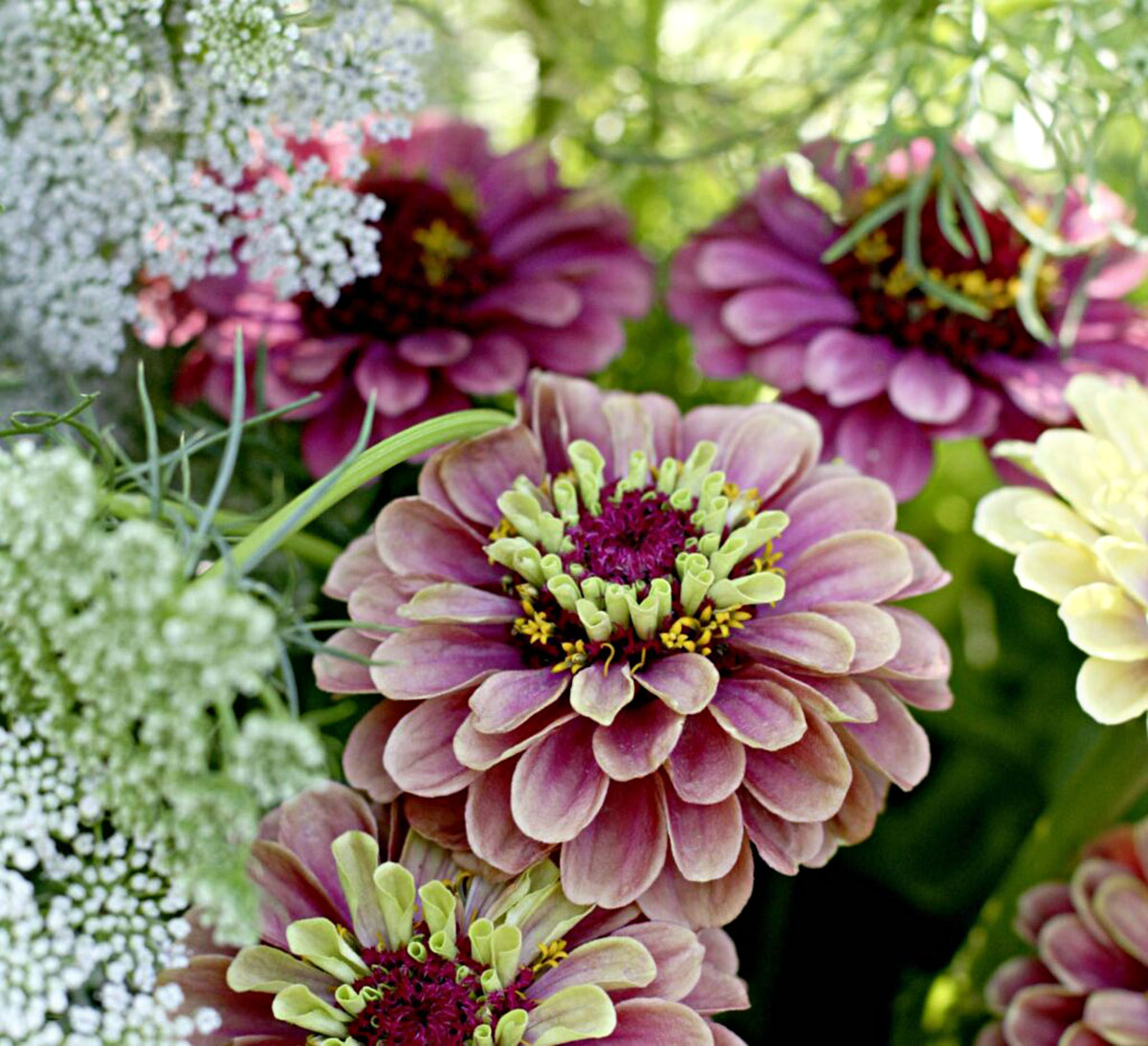
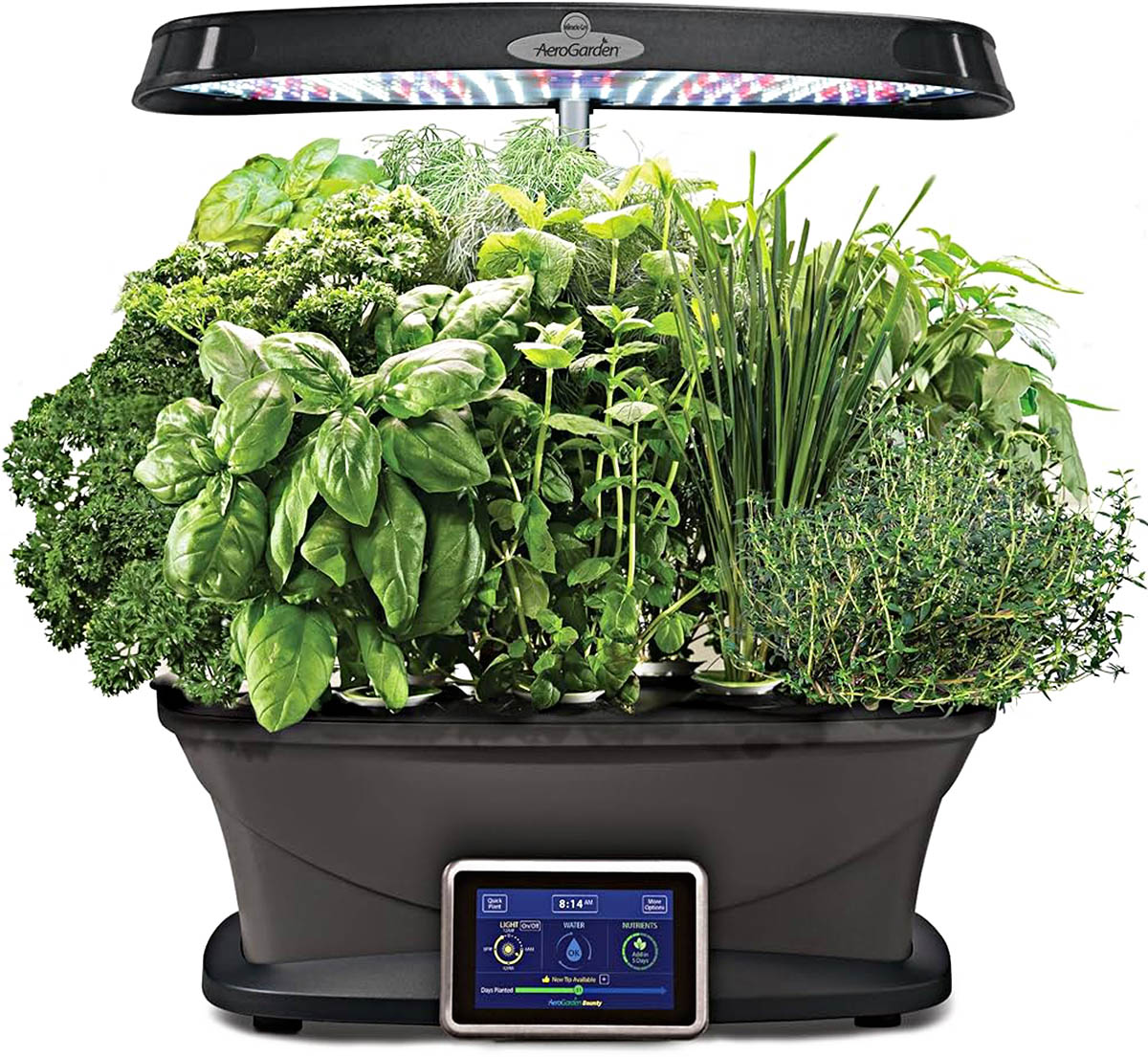
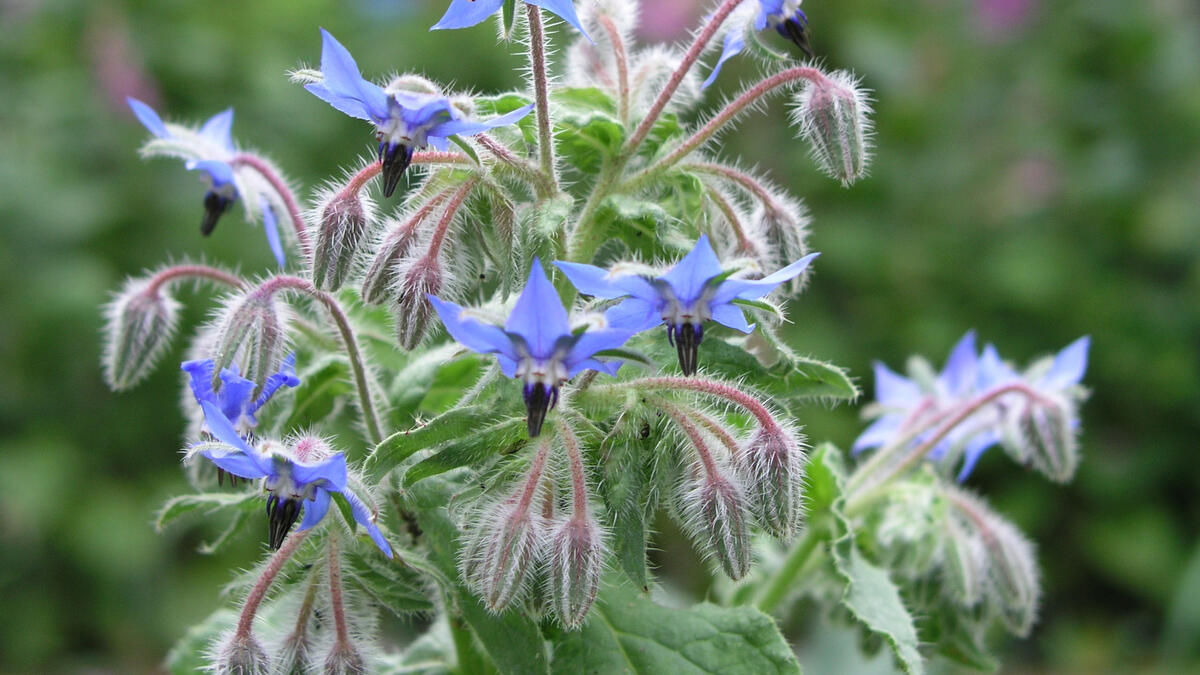
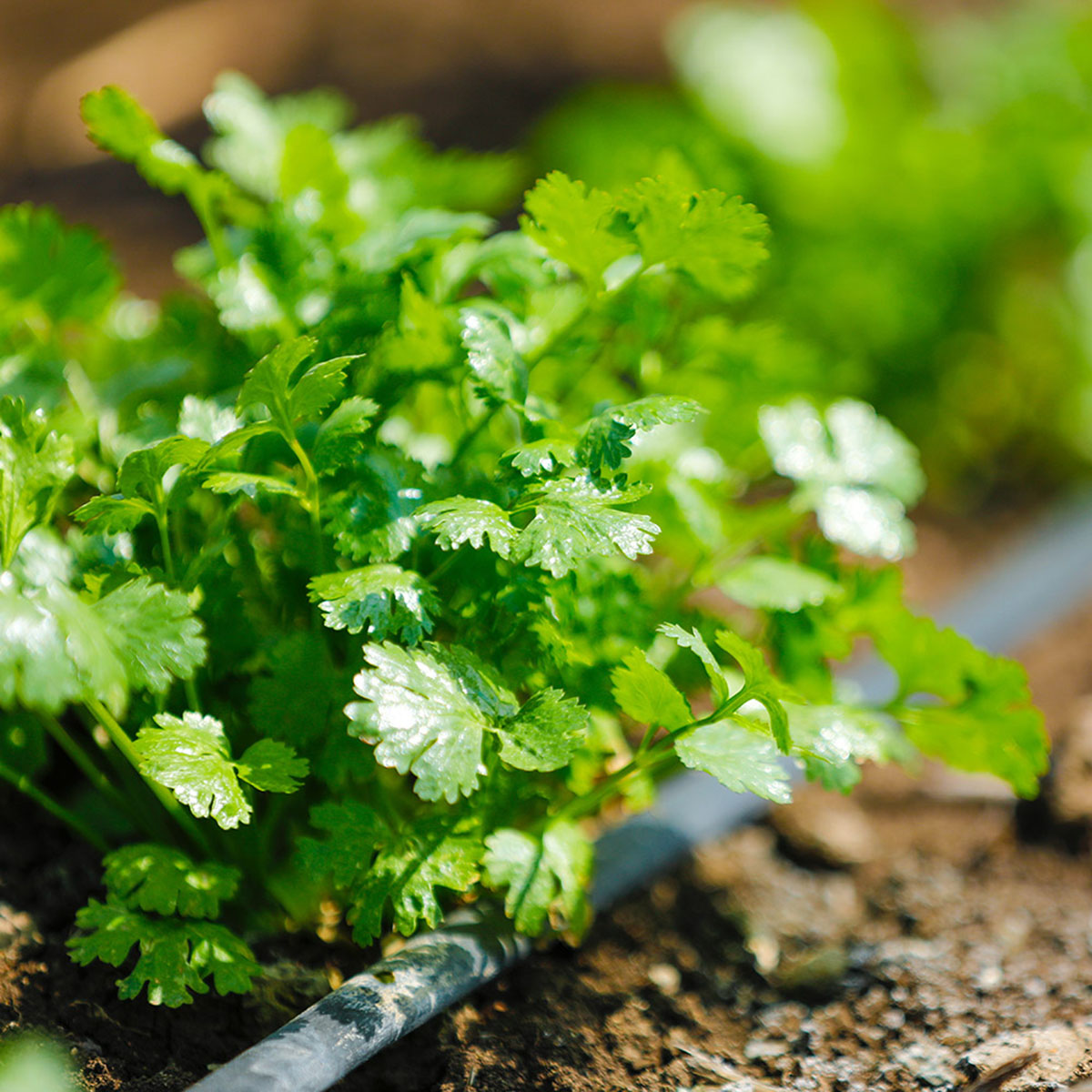
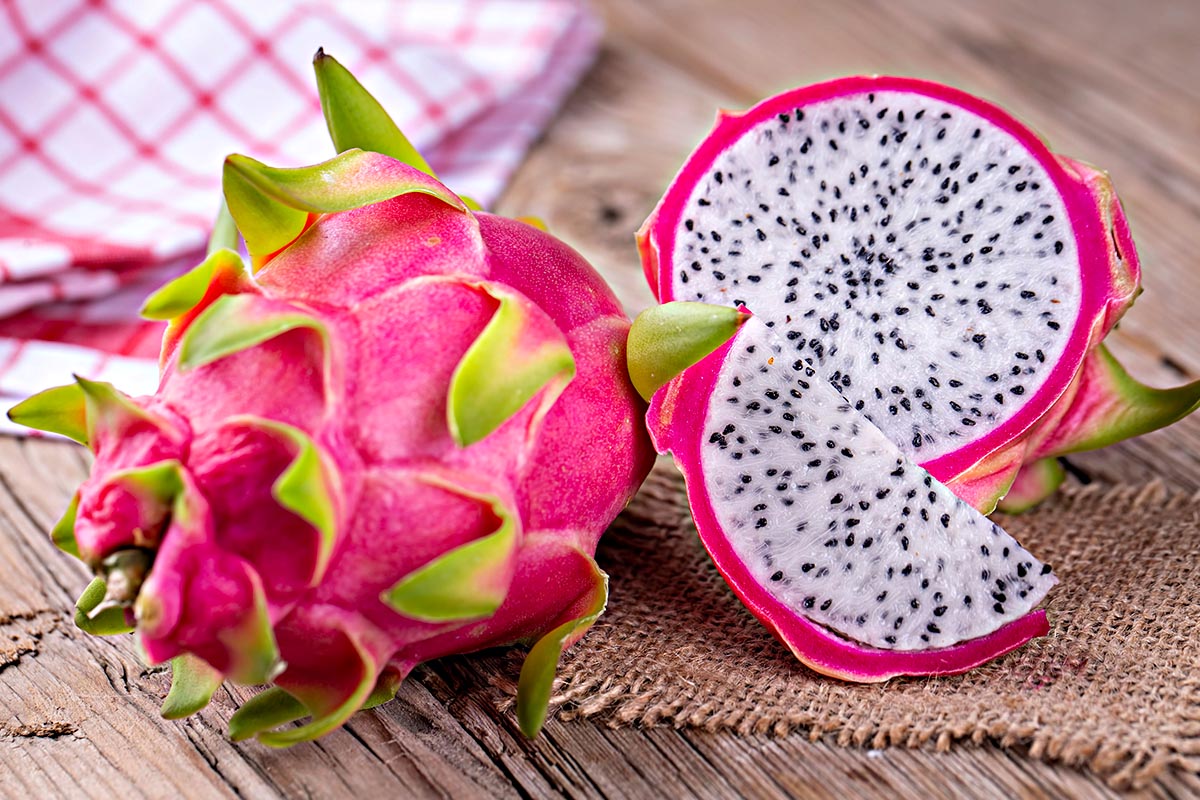
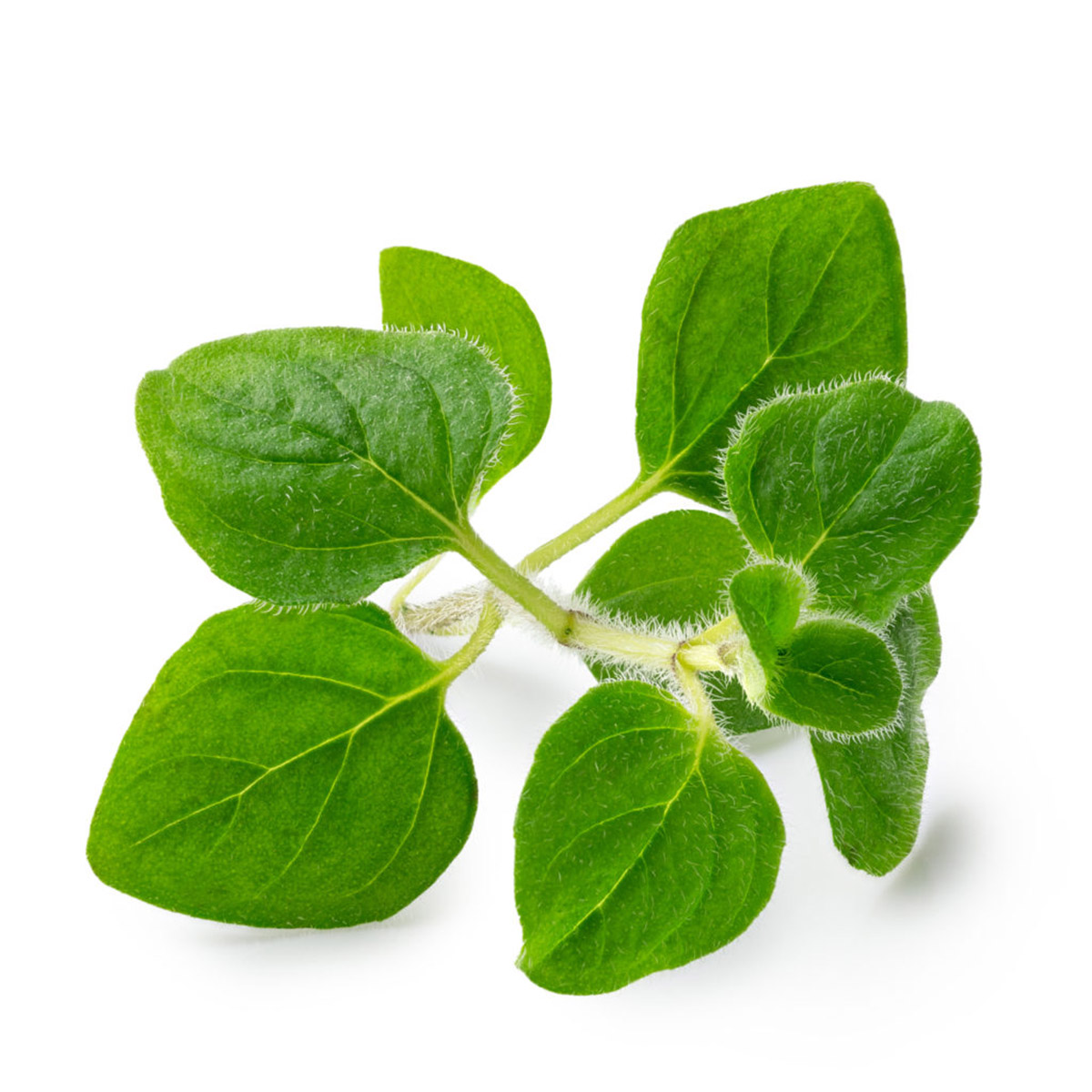
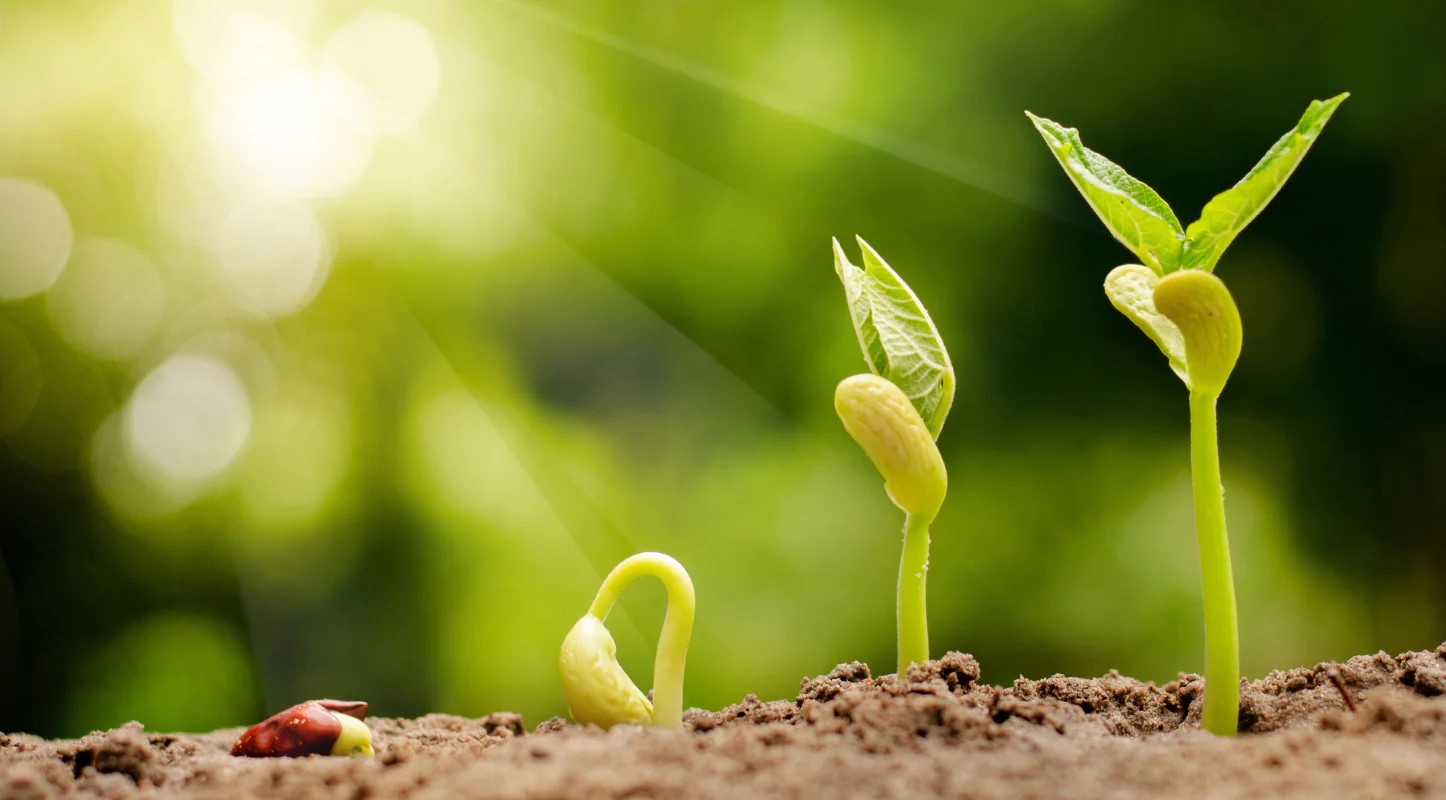
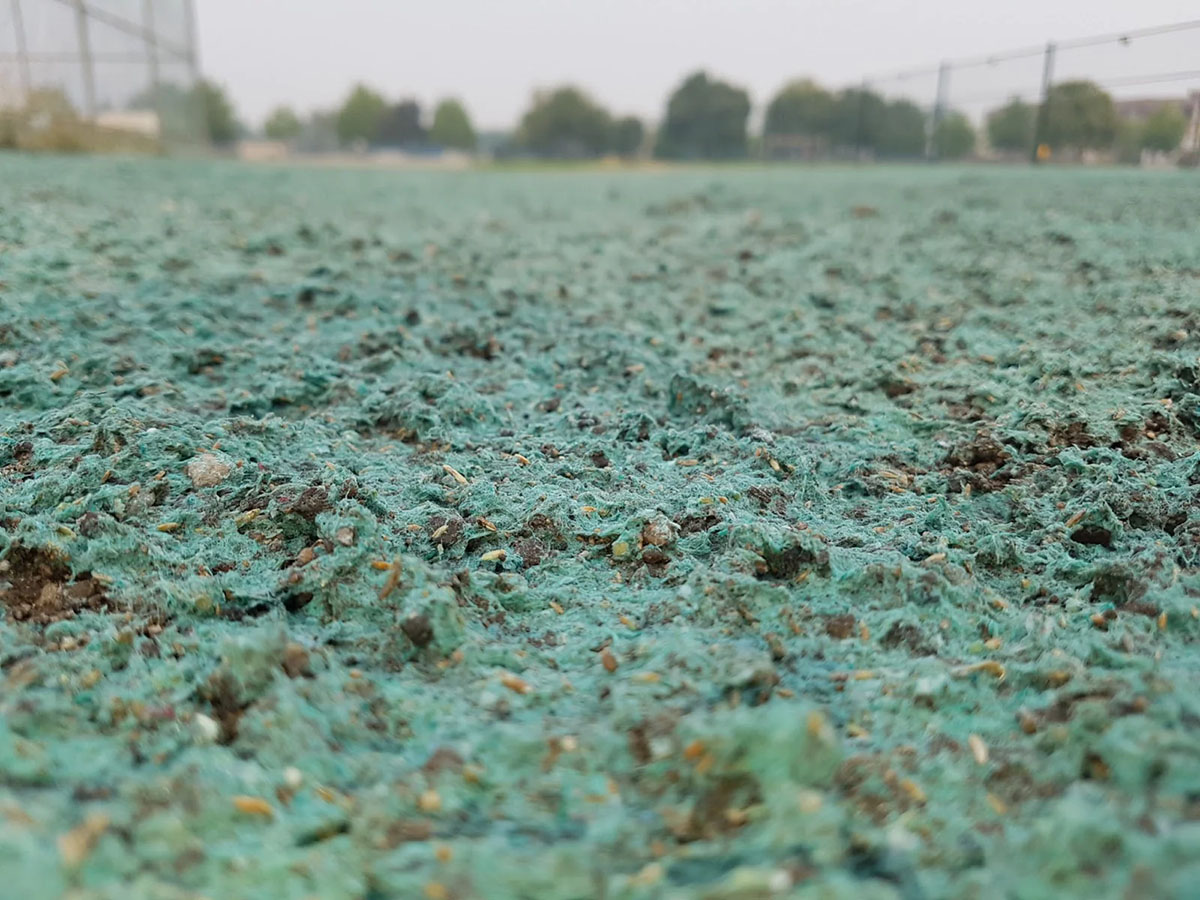
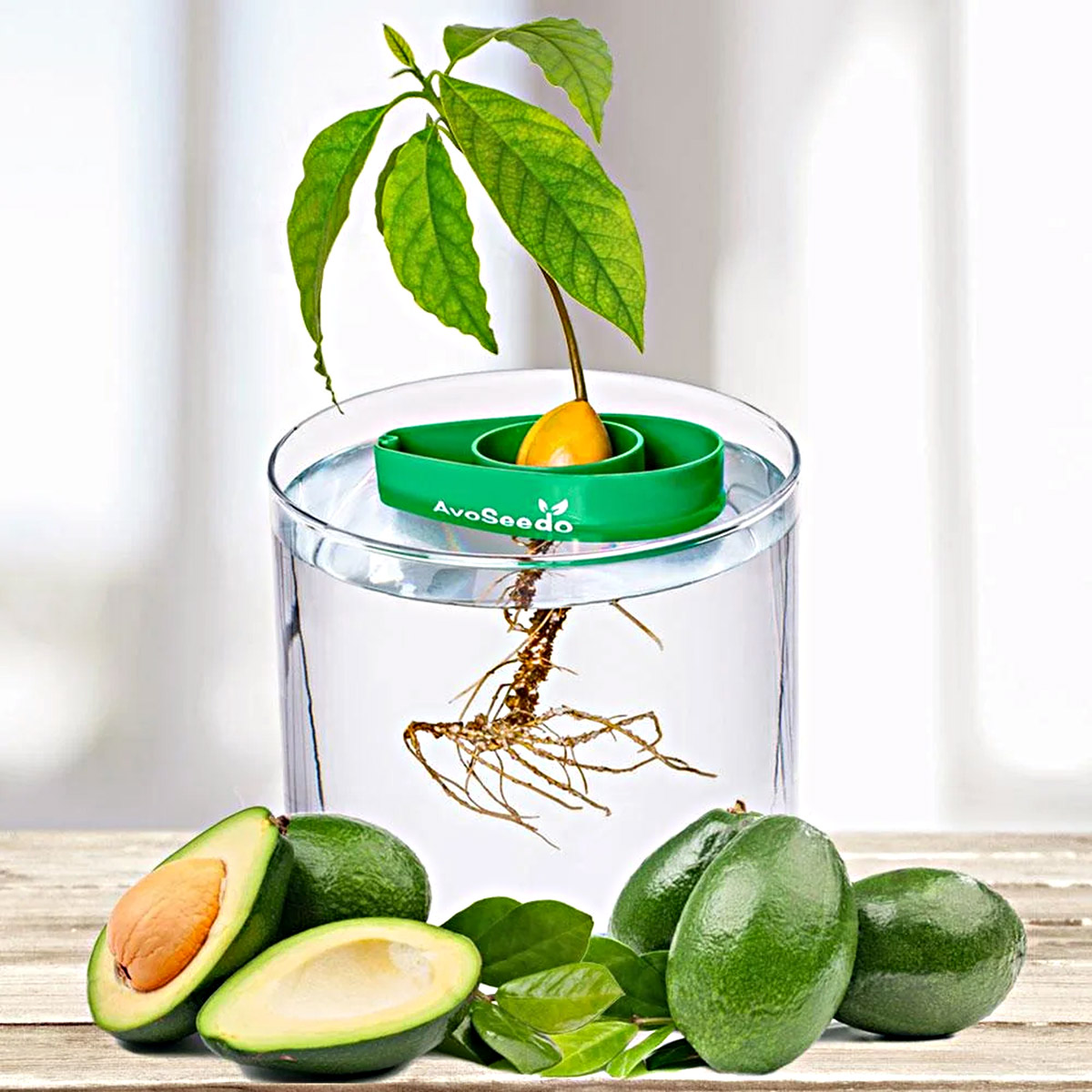
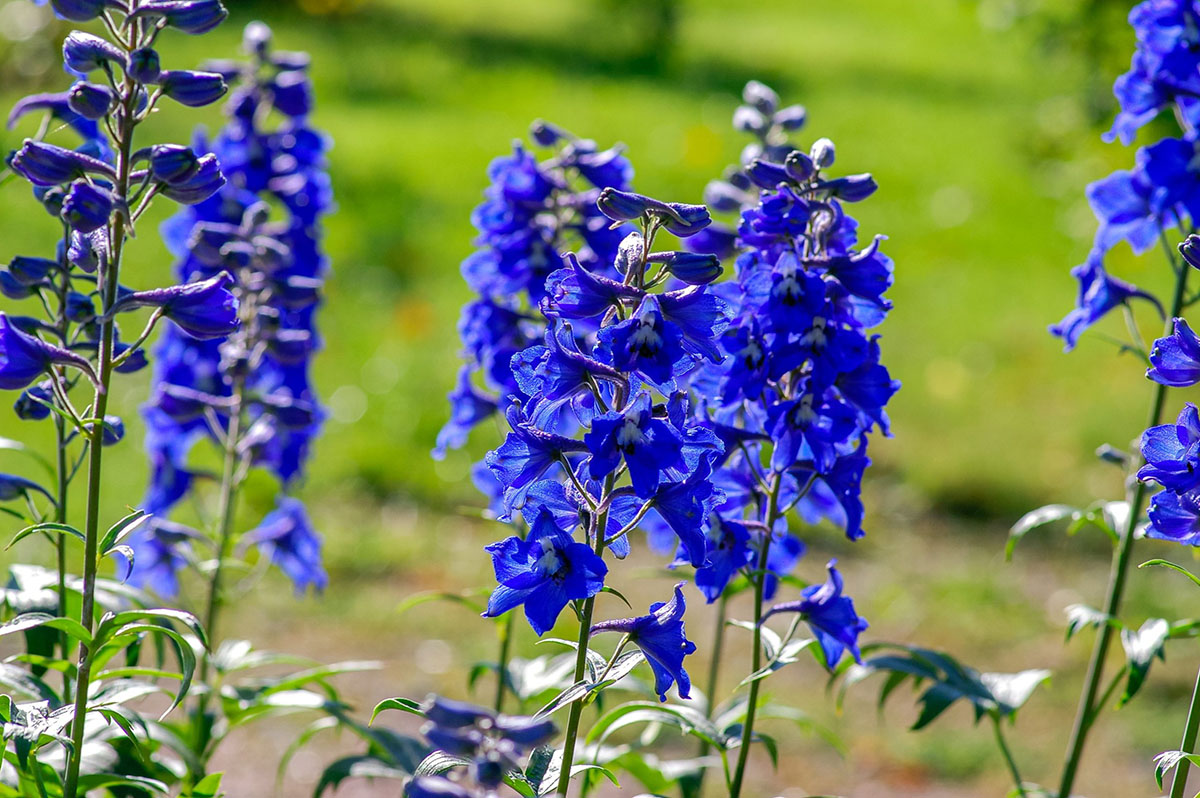
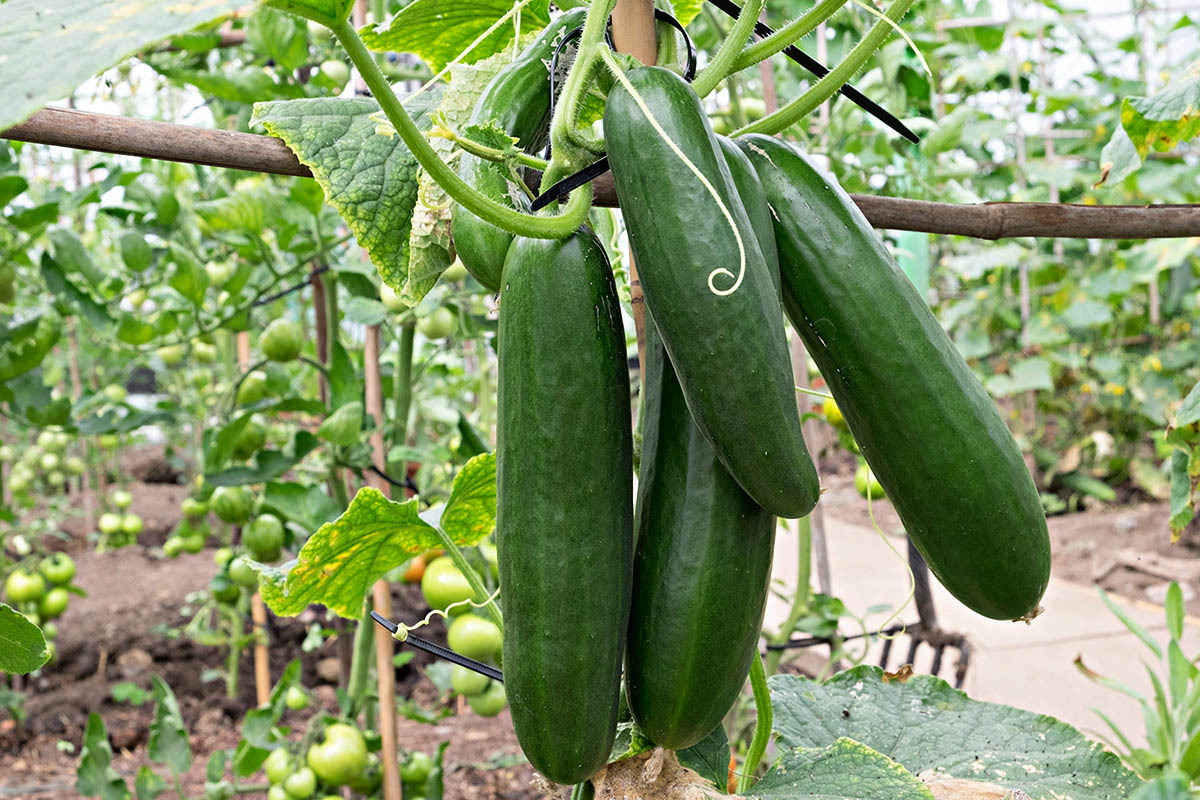
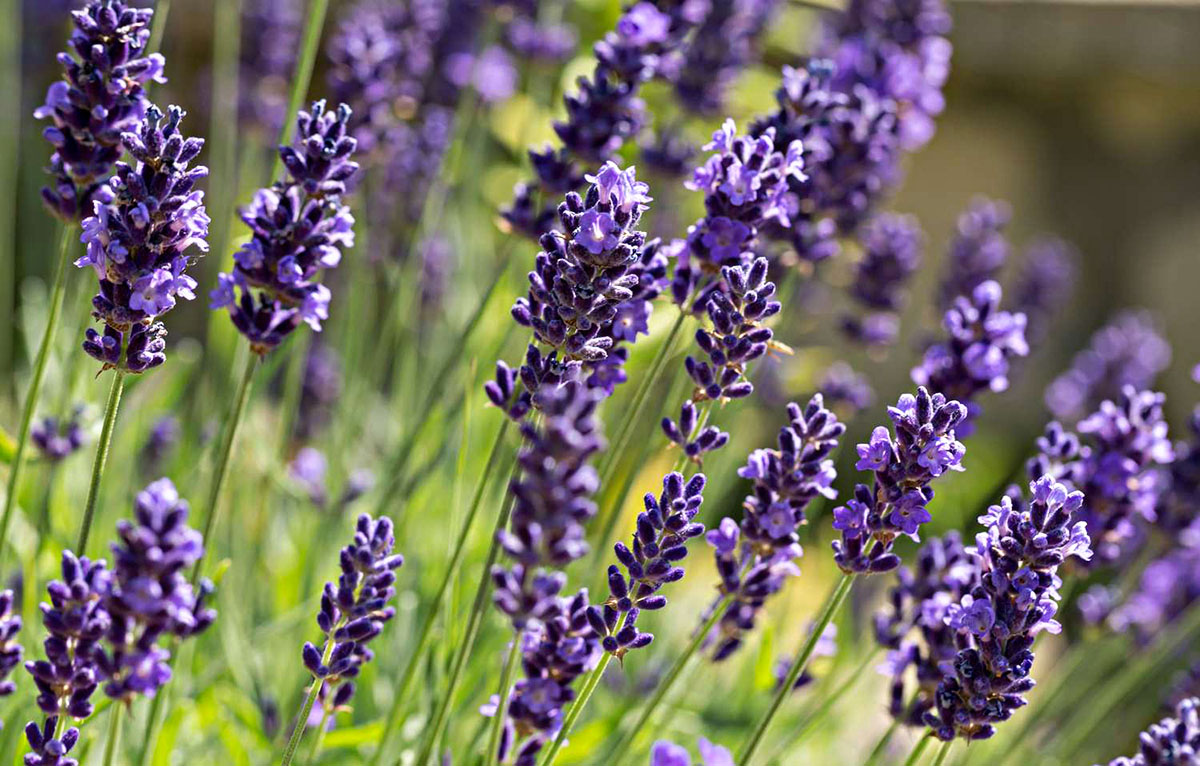
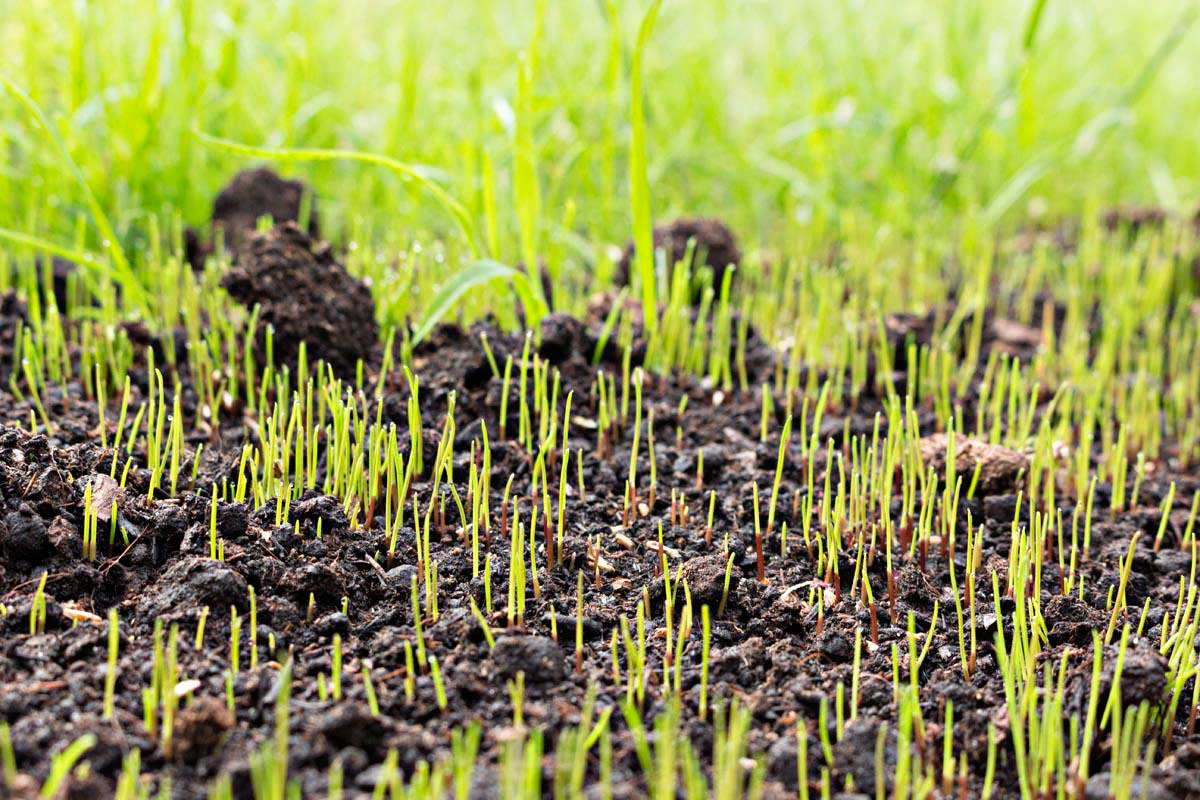
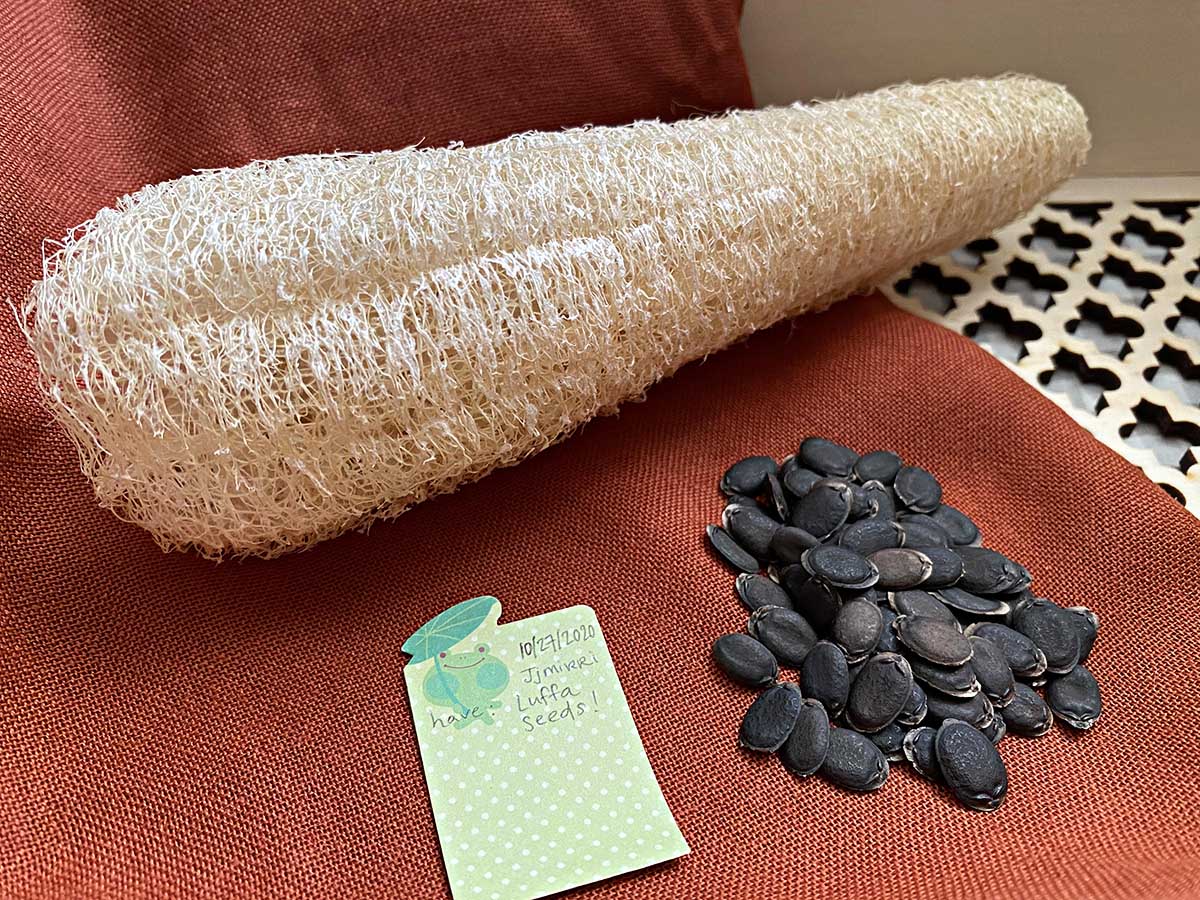

0 thoughts on “How Long For Lobelia To Germinate”